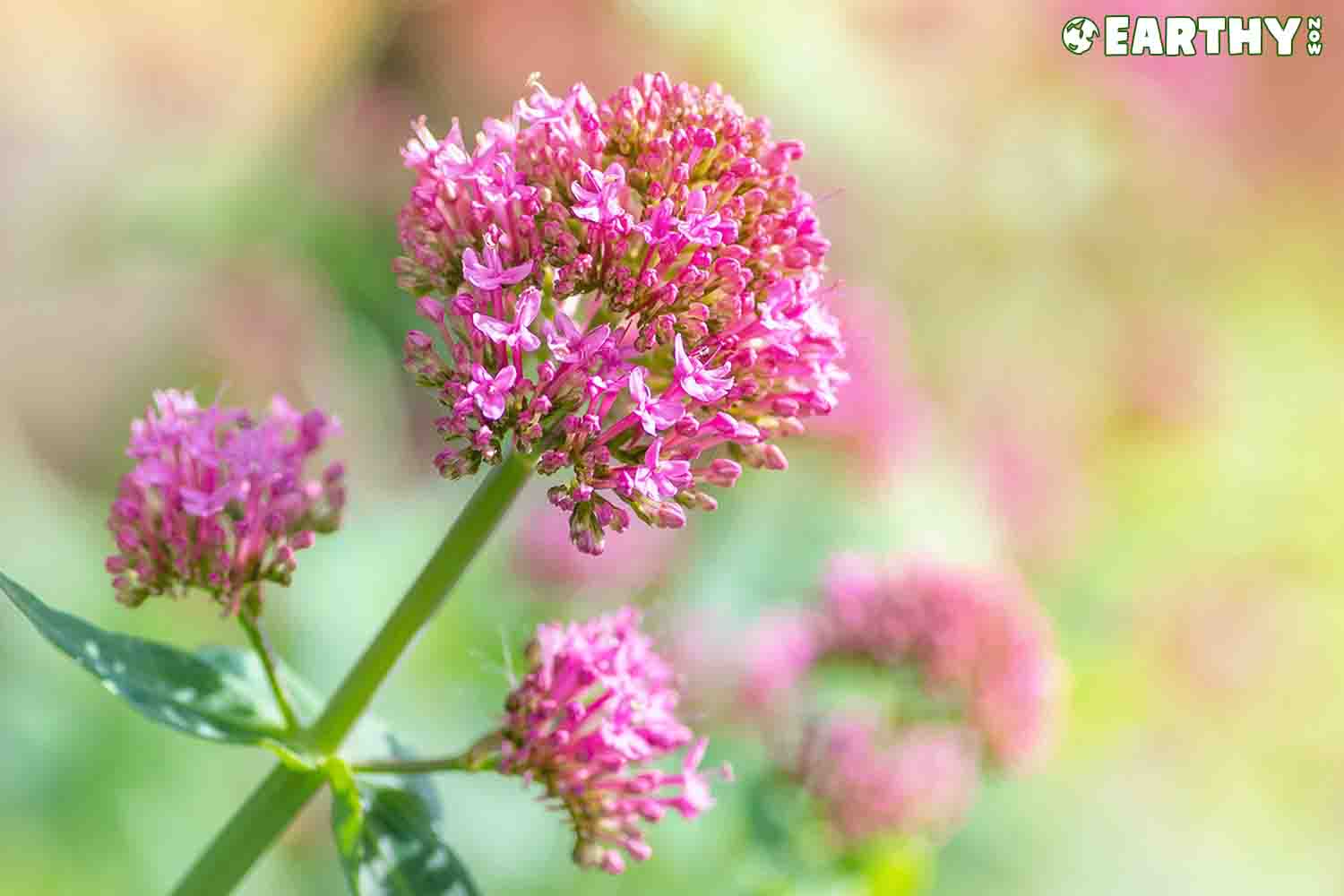If you’ve ever slathered your chest with Vicks VapoRub or Tiger Balm, you’ve already experienced the pungent smell and soothing wound healing benefits of the terpene camphene. With its sharp pine-like fragrance skin healing properties, camphene occurs in the camphor tree, cannabis, and many other plants.
Here we’ll explore the uses and benefits of camphene, and offer information regarding its chemical structure and history.
Additionally, we’ll share some reasons why you may want to seek out this refreshing molecule when it comes to flavoring various products or enjoying particular cannabis strains.
What are terpenes?
In essence terpenes are molecules responsible for determining a plant’s smell. What’s more, they serve the plant by giving off scents that protect it from predators and help it attract pollinators. Particularly repellent smells, for instance, might act as insect repellents, thereby keeping a plant safe from being eaten.
On the other hand, terpenes play a vital role in luring helpful insects to flowers to ensure the plant’s survival through pollination [1].
When you smell a flower or open a bottle of essential oil, you’re inhaling the aromatic natural compounds of the plant into your olfactory neurons. In other words, you’re smelling terpenes. Likewise, the terpene profiles of various cannabis strains determine their distinctive smells and tastes.
Additionally, terpenes have the potential to offer benefits that alter the overall experience of the cannabis plant as terpenes work alongside cannabinoids to amplify the effects in a process called the entourage effect [2].

What is camphene?
Camphene is a colorless crystal [3] and a is monoterpene with a bicyclic structure and a molecular weight of 136.24. Like some other terpenes, camphene’s smell is earthy and piney, much like myrcene [4]. A minor constituent of many essential oils, camphene is found in:
- Turpentine
- Camphor oil
- Citronella oil Bergamot oil
- Valerian
- Neroli
- Ginger oil
- Nutmeg
Uses for camphene
In the years leading up to the Civil War, people began using a mixture of camphene extracted from camphor oil, alcohol, and turpentine to burn in their lamps. Previously, lamp fuel such as the whale oil lamp, had been expensive and hard to come by. But even though the camphene concoction was cheaper and more accessible than whale oil lamps, it proved dangerous and prone to explosions. In time, it was replaced by coal oil and the more appropriate, kerosene lamps [5].
These days, camphene is a popular flavoring agent in many foods and beverages. Additionally, it is widely employed to scent cosmetics and pharmaceuticals.
Camphene’s effects
One studies suggest one of the most noteworthy effects of camphene may be its cooling effect when natural oils are applied to the skin or the body oils inhaled. This may be why it feels so soothing when it is applied to your chest in medications that use camphor oil, like Vicks VapoRub.

Cannabis strains high in camphene
One of the best ways to enjoy the unique chemistry of camphene is in a natural product made from cannabis. Camphene is one of the top 20 terpenes in cannabis. Some strains relatively have high concentrations in camphene include:
- Suver Haze – An award-winning, Sativa-dominant strain from Oregon CBD, Suver Haze was borne of crossing Suver 8 and Early Resin Berry (ERB). The cross produces a peppery, spicy aroma and pungent, woody, and mild skunk flavor.
- Lifter – A pioneering and award-winning Sativa-dominant strain from Oregon CBD, Lifter comes from crossing SH 50 (Special Sauce x New World Haze) and Early Resin Berry (ERB). The combination of terpenes from these parents creates a gassy, funky, sweet mix that hits the palate with just the right balance of bitterness.
- Sour Special Sauce – An Indica-dominant strain from Oregon CBD, Sour Special Sauce is the result of pairing Special Sauce with GG#4 Conversion. The strain is woody and fruity, spicy and sour, with astringent, exotic berry flavors plus notes of sour, dank earth.
What is the entourage effect?
Originally proposed in 1999, the entourage effect describes a mechanism by which the physical properties of a given strain of cannabis, such as terpenes and flavonoids, act synergistically with cannabinoids to modulate the overall effects of the plant, whether those may be mood-altering or health-boosting [2].
Borneol: The Balsamic Powerhouse
Top sources of camphene
Camphene can be found in plants such as:
- Camphor oil
- Bergamot oil
- Turpentine
- Cypress oil
- Valerian
- Nutmeg
- Fennel
- Thyme
- Rosemary
- Cannabis [7]
Camphene’s afterglow
Fortunately, we now have safer uses for camphene lamps than in the days of oil-burning lamps. The only camphene lamp explosions you’ll likely see now are the explosions of new products onto the shelves that boast the terpene’s soothing scents and flavors.
Looking for edibles? Soothing Benefits of Full-Spectrum CD Gummies
Medical Disclaimer / Legal Disclaimer – Information is provided for educational purposes. It does not and is not intended to constitute legal advice or medical advice. We attempt to be accurate and up-to-date, but the legality of cannabinoids and the science of cannabis are evolving. The author is neither a legal professional nor a medical expert. Before buying or using any products, you should check with your local authorities and medical providers.
References




